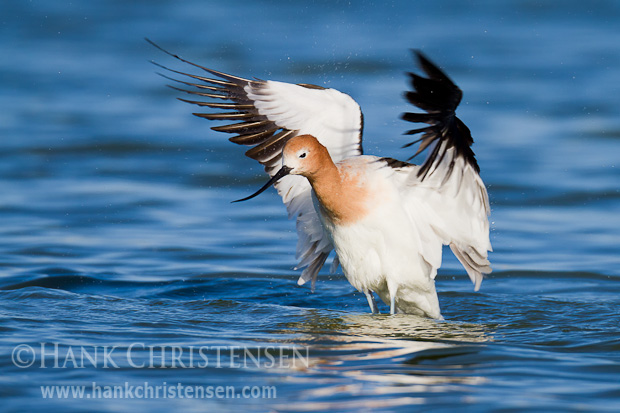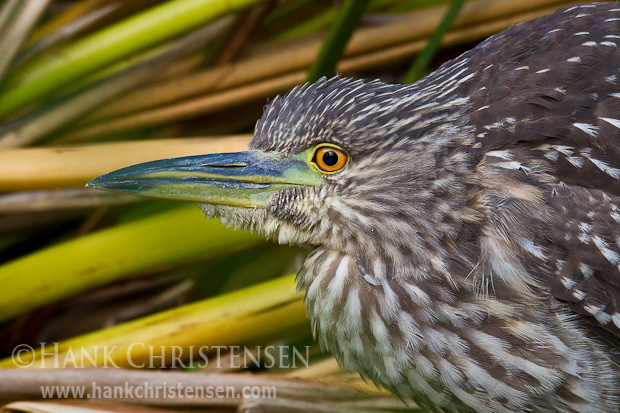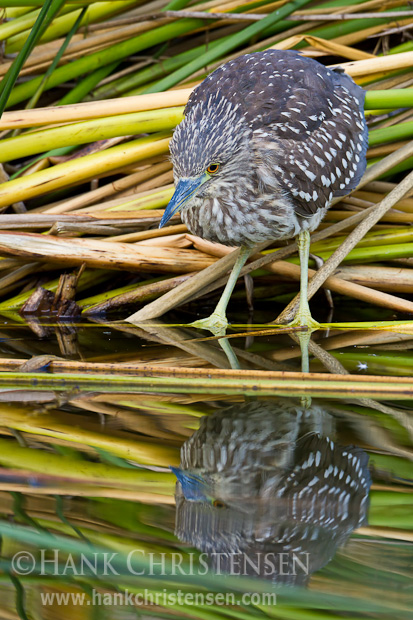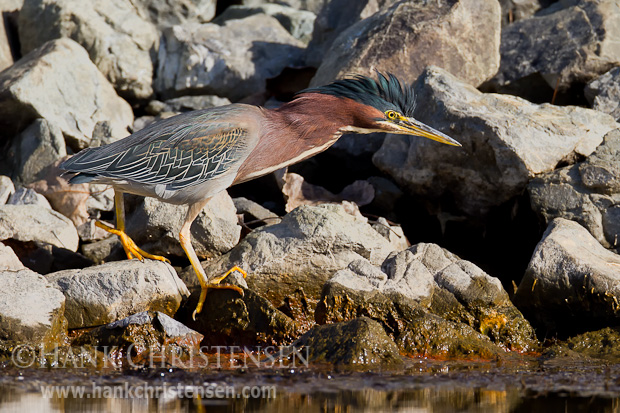Spring is in the air, and so is the reproductive instinct of many local bird species. I had the opportunity recently to photograph an American avocet pair copulating, and was able to record the interesting mating dance that occurred immediately afterward. Remaining monogamous throughout the breeding season, this pair will soon likely select a local nest site, or migrate north to nest (avocets are both migratory and year-round residents of the SF bay area).
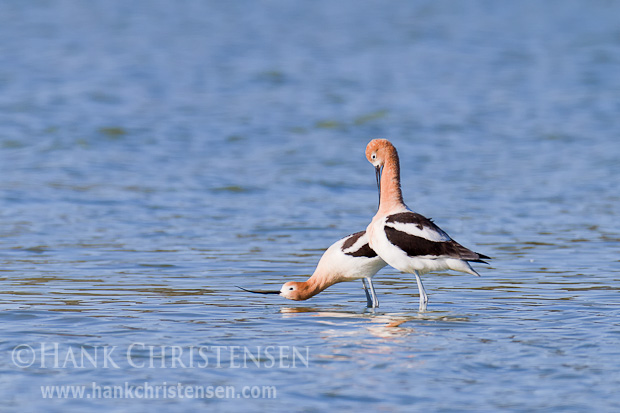
As they begin, the female signals to the male that she’s ready by standing alert with her head low and forward, close to the water. The male stands next to his mate, or directly behind her.

In one quick motion, the males jumps up onto the female’s back. Breeding only lasts a few seconds, during which time the male flaps his wings repeatedly. Just as quickly, he jumps down again.

Immediately after copulation, the avocets turn toward each other and cross beaks. Each bill rests against the other’s neck, with the male standing slightly taller than the female. Holding this position, they walk in several tight circles.
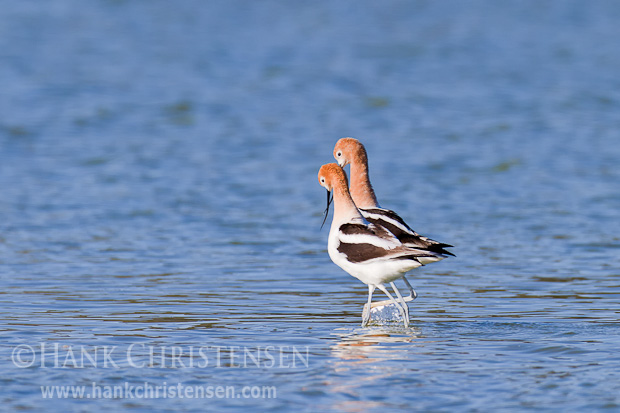
Once the circles are completed, they march off together side-by-side. I always find it fascinating to watch these intricate rituals that have developed over thousands of years.
